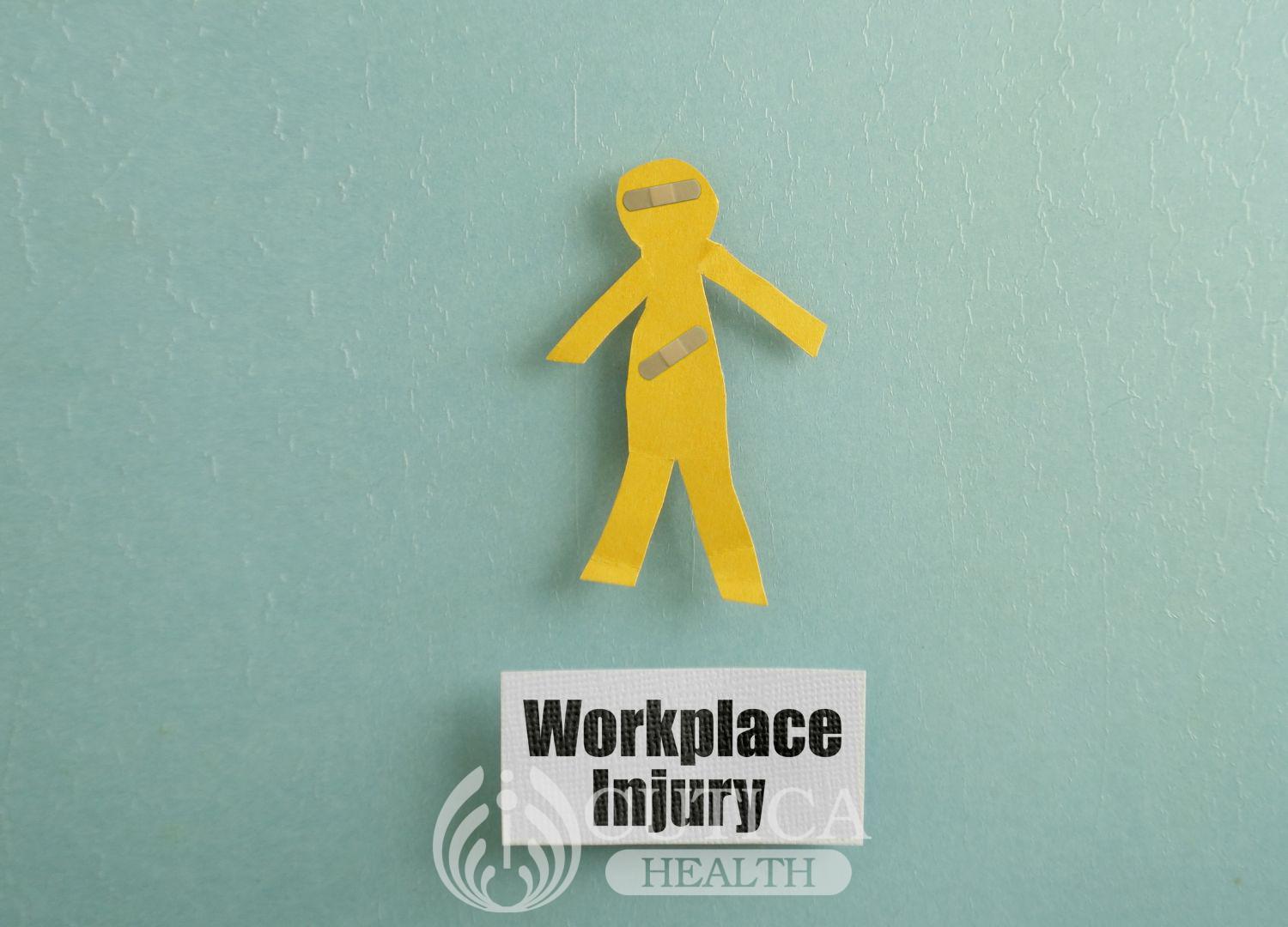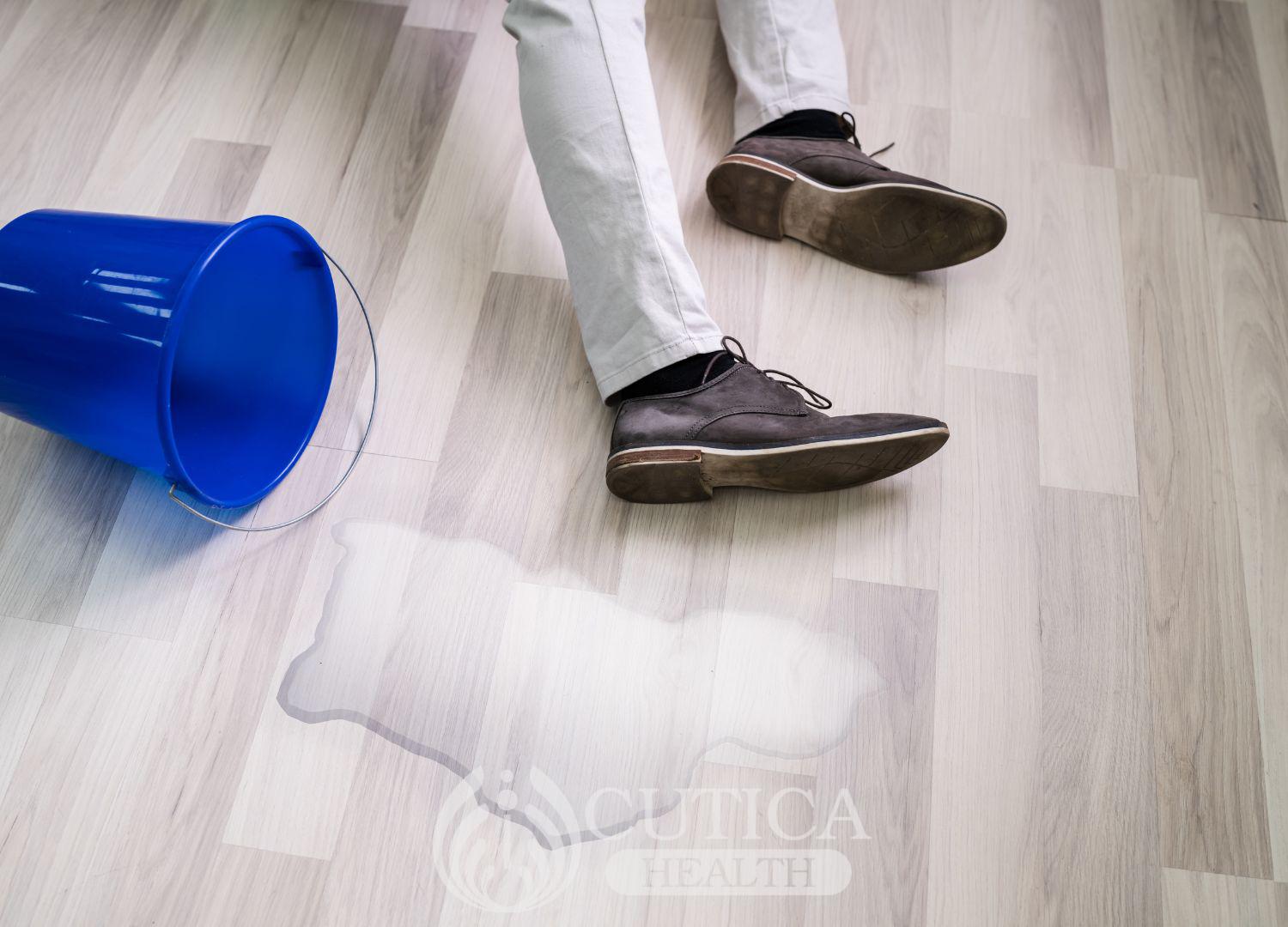
Jesse was working at a bakery, and there were times when some of his co-workers would spill water on the floor and not care to clean up after.
No one took it seriously until one of them slipped and fell. She suffered some minor fractures and sprained her neck.
After some months, she had recovered and was ready to return to work. She was also duly compensated, and although they never caught the culprit, the spills stopped.
Workplace Injuries
Just as the name implies, these are injuries and illnesses that occur while at the workplace, and though they’re common, they can be dangerous.
Most times, the type of job an individual does could determine how bad the injury or illness acquired might be. For example, individuals that work in places where they have to handle chemicals or those who work with heavy equipment are more likely to get injured than those who work office jobs. 
Causes of workplace injuries
- Defective or inadequate equipment: Imagine a construction worker who falls from a height due to a broken ladder. He or she could sustain broken bones, internal injuries, paralysis, or even death, depending on how far he was from ground level.
Also, health workers who have no access to personal protective equipment (PPE) run a risk of contracting infectious diseases.
- Nonchalance or poor workplace policies: Just like Jesse’s co-workers, individuals fail to take responsibility for their actions and thus, they don’t prevent avoidable accidents. Spilled water on floors is a great recipe for falls. And not everyone can be as lucky as Jesse’s co-worker. Further, poor workplace policies on keeping the environment clean and uncluttered may put everyone at risk of this.
- Stress: Individuals that are sleep-deprived or tired have less concentration, and are potential victims of workplace injuries. That is why workers should take breaks when necessary and avoid overworking themselves. Stress is a major cause of occupational hazards globally.

Types of workplace injuries and how to avoid them
Common workplace injuries include:
- Trips and falls: This is one of the most common workplace injuries. This may occur due to accidental spills, defective equipment, floors, or even the choice of footwear.
- All floors should be kept dry always, and there should be mops or cleaning equipment made available.
- Also, all equipment should be properly checked before use, and workers should use the right footwear at all times.
- Burns: Workers should be well-trained on what to do in the event of fire incidents. Those who have to handle hot oil and work in kitchens should take extra precautions while at it.
- There should be regular electrical maintenance to prevent electrical sparks and a fire outbreak.
- For those who handle chemicals, proper protective equipment should be used, and necessary procedures should be complied with to prevent accidental spills.
- Accidents: Drivers should take necessary driving precautions like not driving under influence, using seatbelts, and avoiding distractions to prevent collisions and life-threatening injuries.
- Workplace violence: Conflict between employees could lead to serious injuries. To avoid this, such behaviour should be prohibited through strong workplace policies and conflict resolution procedures.
What to do when there’s a workplace injury
If you have been affected by workplace hazards, these tips would be helpful.

Call emergency lines or visit occupational health team as soon as possible
- Stay away from work if necessary until you have recovered from the injury
- Policies and procedures should be reviewed to prevent a recurrence of the event
- Ensure a safe return-to-work and necessary compensations are made













